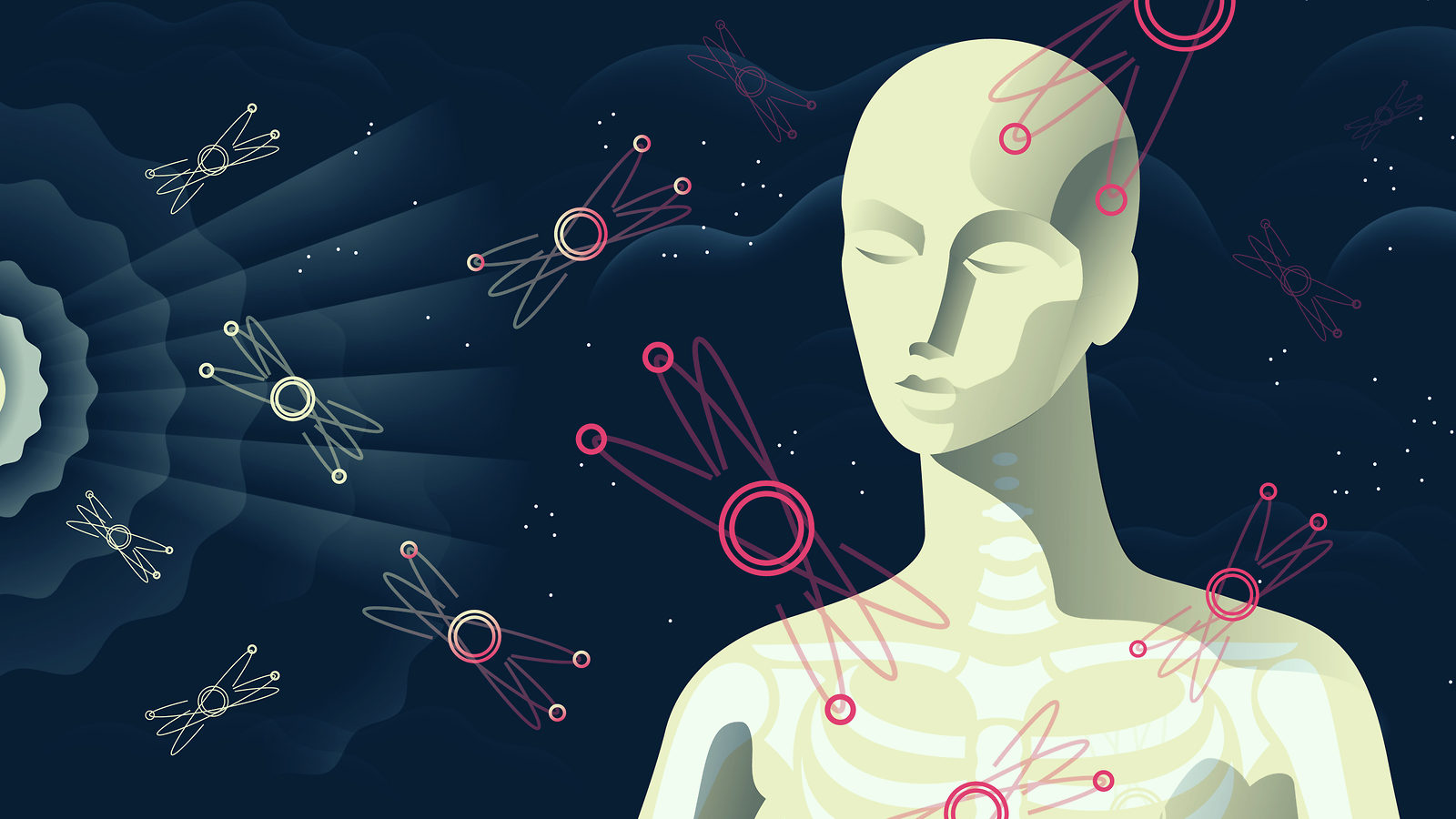
Artwork by Sandbox Studio, Chicago with Ana Kova
Kazuo Ishiguro: Soon, We Will Be Able to Create Humans Who Are Superior to Other Humans
by
IN BRIEF
- Author Kazuo Ishiguro believes we are unwittingly walking into a dystopian future because the world has yet to give science and technology more than just peripheral interest.
- He believes that we have yet to engage in meaningful conversations about where scientific advancements will take us, and the kind of impact they will have on our lives.
Dystopian Future
According to Kazuo Ishiguro, there are three areas of science that are set to transform how we live and interact with others over the next few decades: gene editing, robotics, and artificial intelligence (AI).
Ishiguro, granted, is best known as one of the most celebrated fiction writers today. He is behind the novel Never Let Me Go, the story of a dystopian future where humans are cloned to be organ donors. But the possibility of a future so fundamentally changed by scientific advancements could be more than the fruit of the author’s creativity and imagination.
Kazuo Ishiguro (Credit: Jeff Cottenden)
He cites CRISPR as a primary example. The discovery of this gene editing tool gives scientists the option to modify pieces of the genome, paving the way for unprecedented applications in medicine. Right now, we can replace faulty genes with working ones, which is a great accomplishment unto itself. But moving forward, as we learn more about this new technology, the option to enhance functional genes to create intellectually and physically superior humans becomes a real possibility.
Think of it as like a real world Gattaca, where society is divided into two classes. Half will be populated with humans with genetically engineered genes that makes them healthier, smarter, stronger—designer babies, essentially. And the other half, with humans whose genetic sequence has been left to chance, untouched, leaving them biologically inferior.
A New Focus on Science
Ishiguro believes we are unwittingly walking into this dystopian future because the world has yet to give science and technology more than just peripheral interest. Sure, we celebrate the headlines and acknowledge the accomplishments, but we have yet to engage in meaningful conversations about where these advancements will take us, and the kind of impact they will have on our lives.
Developments in AI and robotics for instance, mean a major part of intellectual capital will shift to what he refers to as “the Silicon Valley masters of the universe”—it will no longer be under universities or government funded labs. The lack of regulation regarding these rapid developments is also cause for concern. And of course, there is the ongoing debate about the ethics behind advancements in genetic sciences, like CRISPR.
The relevance of Ishiguro’s musings about the future comes in time for the opening of a new permanent mathematics gallery at the Science Museum in London. Included in the exhibit is the author’s father, oceanographer Shizuo Ishiguro, who created a machine that can predict coastal storm surges.
![]()
WATCH | What Humans Will Look Like In 1,000 Years
There will eventually be a day where prosthetics are no longer just for the disabled.
However, it’s not just our outside appearance that will change – our genes will also evolve on microscopic levels to aid our survival. For example, an Oxford-led study discovered a group of HIV-infected children in South Africa living healthy lives. It turns out, they have a built-in defense against HIV that prevents the virus from advancing to AIDS.
And with gene-editing tools like CRISPR, we may eventually control our genes and DNA to the point where we make ourselves immune to disease and even reverse the effects of aging.
Another way to jump-start the human evolution on a different path is to move some of us to Mars. Mars receives 66% less sunlight than Earth. Which could mean humans on Mars will evolve larger pupils that can absorb more light in order to see. And since Mars’ gravitational pull is only 38% of Earth’s, people born on Mars might actually be taller than anyone on Earth. In space, the fluid that separates our vertebrae expands, which led American aerospace engineer, Robert Zubrin to suggest that Mars’ low gravity could allow the human spine to elongate enough to add a few extra inches to our height.
However, not even a move to Mars could spark the biggest change in human evolution that we may have coming in the next 1,000 years: immortality. The path to immortality will likely require humans to download their consciousness into a machine. Right now, scientists in Italy and China are performing head transplants on animals to determine if you can transfer consciousness from one body to another. They claim their next big step is to transplant human heads.
Whatever happens in the next 1,000 years — whether we merge with machines or become them — one thing is certain: The human race is always changing — and the faster we change and branch out from Earth, the better chance we have of outrunning extinction.